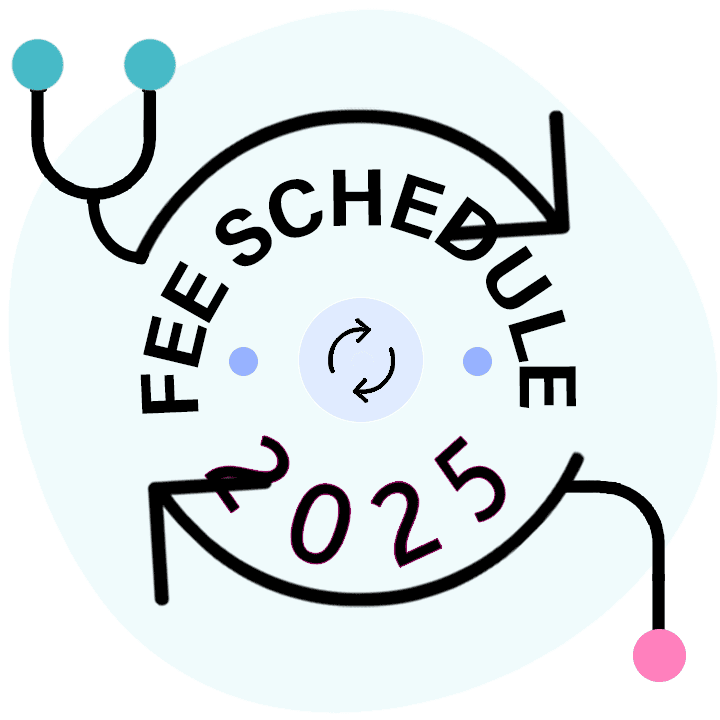Hospital Outpatient Prospective Payment System: J1 Status Indicator Explained

Late last year, the Division of Workers’ Comp (DWC) drastically changed the reimbursement calculations used for Hospital Outpatient Departments and Ambulatory Surgical Centers (ASCs). Effective for dates of service on or after 12/15/2016, the DWC amended the Official Medical Fee Schedule for outpatient and ASCs to conform to Medicare’s reimbursement methodology.
Like most things in workers’ comp, the amended OMFS regulations to calculate reimbursements are startlingly complex. We’ll spend some time reviewing the details of these new reimbursement calculations on the blog in the coming weeks. Today, we’ll explore reimbursement when a HCPCS is assigned a J1 status indicator.
First, some background. Effective for dates of service on or after 12/15/2016, the DWC adopted two Medicare Addendums:
- Addendum B.-Final OPPS Payment by HCPCS Code - This addendum lists every HCPCS code and its associated Status Indicator.
- Addendum D1.--OPPS Payment Status Indicators - This adopted addendum lists the twenty-six (26) Status Indicators and their associated reimbursement rules.
Addendum B assigns each HCPCS a Status Indicator and Addendum D1 assigns each Status Indicator rules for reimbursement.
For example, a Status Indicator C means that the HCPCS is not payable if performed in either an outpatient hospital or ASC setting. A Status Indicator of N means there is no separate payment because reimbursement is packaged into the payment for other services.
Status Indicator C |
Inpatient Procedures |
Not paid under OPPS. Admit patient. Bill as inpatient. |
Status Indicator N |
Items and Services Packaged into APC Rates |
Paid under OPPS; payment is packaged into payment for other services. Therefore, there is no separate APC payment. |
Status Indicator T means that the HCPCS is reimbursable. When multiple codes are assigned Status Indicator T and appear on a single bill which, the reimbursement is the full amount for the procedure with the highest APC payment rate; any remaining billed HCPCS assigned the Status Indicator T are reimbursed 50% of the calculated reimbursement.
Status Indicator T |
Procedure or Service, Multiple Procedure Reduction Applies |
Paid under OPPS; separate APC payment. |
Status Indicator J1 represents a far more complex reimbursement calculation. If a HCPCS is assigned a J1, then all other HCPCS on the bill are considered packaged in the J1 payment and no reimbursement is due. Per the status indicator definition, there are exceptions as noted below.
Status Indicator J1 |
Hospital Part B services paid through a comprehensive APC |
Paid under OPPS; all covered Part B services on the claim are packaged with the primary "J1" service for the claim, except services with OPPS SI=F,G, H, L and U; ambulance services; diagnostic and screening mammography; all preventive services; and certain Part B inpatient services. |
Medicare first adopted the J1 status indicator in 2015. At the time of adoption, Medicare explained that when a HCPCS is assigned a J1 status indicator, the HCPCS represents a primary service and no other services are warranted. The J1 status indicator can be viewed as the outpatient version of the diagnosis-related group (DRG) payment system, with one payment to cover all services provided during an outpatient encounter.
Medicare’s reasoning for the adoption of a single primary code is if a patient comes to the hospital to have their gallbladder removed or have a pacemaker placed, why should the patient receive a bill for every individual service? So, generally, if a bill contains a HCPCS with a status indicator of J1, no other HCPCS are payable since payment for the other services are considered packaged in the payment of the primary HCPCS assigned the J1 status.
Since December, Medicare has amended Addendum B a whopping three times. The DWC, correspondingly, updated the OMFS for Hospital Outpatient and ASC fee schedule three times by adopting each of Medicare’s three amended Addendum Bs. Remember, Addendum B lists every HCPCS code and its associated Status Indicator.
The statistics below show how the adoption of Addendum B increased the count of HCPCS assigned a J1 while decreasing the count of HCPCS assigned a T Status Indicator. These changes to Addendum B since December demonstrate Medicare’s ever-intensifying move toward bundling payments for services instead of paying “per piece.”
Effective Date of Service |
Count of HCPCS assigned Status Indicator J1 |
Count of HCPCS assigned Status Indicator T |
12/15/2016 |
866 |
2,819 |
6/1/2017 |
2,737 |
1,018 |
7/1/2017 |
2,741 |
1,018 |
Know (and get) exactly what you’re owed for treating injured workers. Get instant, accurate fee schedule calculations with daisyWizard’s OMFS Calculator.
TRY THE CALCULATOR
DaisyBill provides content as an insightful service to its readers and clients. It does not offer legal advice and cannot guarantee the accuracy or suitability of its content for a particular purpose.




